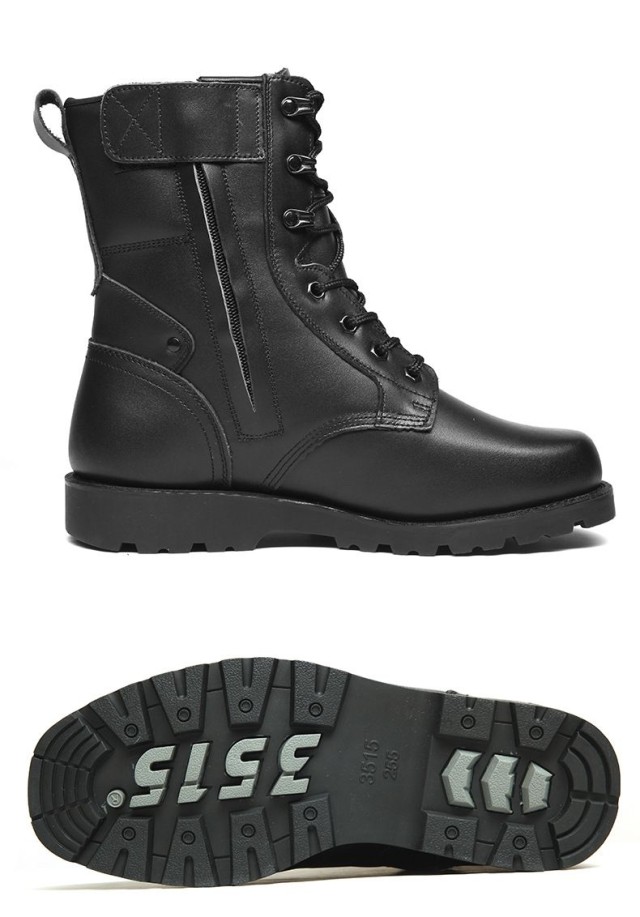When investing in quality footwear, the construction method—Goodyear welted or cemented—determines not just durability but also how well the shoes align with your daily needs. This guide breaks down the functional trade-offs to help you choose wisely.
Goodyear vs. Cemented: Beyond the Surface
Anatomy of Durability: How Construction Defines Lifespan
Goodyear welted shoes use a leather strip (welt) stitched to the upper and sole, creating a resilient, repairable bond. Research shows this method allows multiple resoles, extending the shoe’s life to a decade or more with proper care. In contrast, cemented shoes rely on adhesive, which weakens over time, typically lasting a few years before the sole separates.
Key takeaway: If longevity is a priority, Goodyear welting outperforms cemented construction by design.
The Hidden Economics: Upfront Cost vs. Lifetime Value
While Goodyear welted shoes cost significantly more upfront (often 2–3× the price of cemented pairs), their repairability reduces long-term expenses. A single resole can revive them for years, whereas cemented shoes usually require replacement.
For bulk buyers: Distributors and brands can leverage 3515’s production scale to balance initial costs with lifecycle value across product lines.
Style or Substance? Matching Shoe Type to Lifestyle Demands
Urban Commuting: Flexibility vs. Support
Cemented shoes often feature lighter, more flexible soles—ideal for all-day walking. However, Goodyear welted designs provide superior arch support and stability, thanks to their structured midsoles.
Reflective question: Do your daily routines demand lightweight ease or orthopedic endurance?
Formal Occasions: Aesthetic Priorities and Material Nuances
Goodyear welted shoes dominate formal wear with their polished, uniform soles and premium leather aging gracefully. Cemented alternatives offer trendy designs (e.g., chisel toes) but may lack the refined patina over time.
Debunking Myths: Sustainability and Repair Realities
The Environmental Edge
Goodyear welted shoes reduce waste by avoiding frequent replacements. Cemented shoes, though initially affordable, contribute to landfill volume due to shorter lifespans.
Comfort Misconceptions
While some assume Goodyear welting is rigid, modern designs integrate cushioned insoles, bridging the gap between support and comfort.
Ready to optimize your footwear portfolio? Partner with 3515 to access expertly crafted Goodyear welted and cemented shoes tailored to your clients’ needs—where quality meets scalability.
Related Products
- Factory-Direct Wholesale Canvas Boots with High-Traction Rubber Soles
- Durable Military Combat Boots with Water Drainage for Wholesale & OEM
- Wholesale Durable Camo Canvas Shoes with High-Traction Rubber Soles
- Athletic Safety Shoes with Dial Closure & Steel Toe for Wholesale & Custom Manufacturing
- Wholesale Mesh Steel Toe Safety Shoes with Dial Closure Factory Production
Related Articles
- How Vulcanized Rubber Engineering Creates Unbeatable Outdoor Boots
- How to Choose Work Boot Uppers That Match Your Job's Demands
- Why Vulcanized Soles Dominate Performance Footwear: Durability Meets Flexibility
- Why Vulcanized Soles Outlast: The Science Behind Durable Footwear
- How Vulcanized Rubber Work Boots Outlast Alternatives – And When to Choose Differently



















